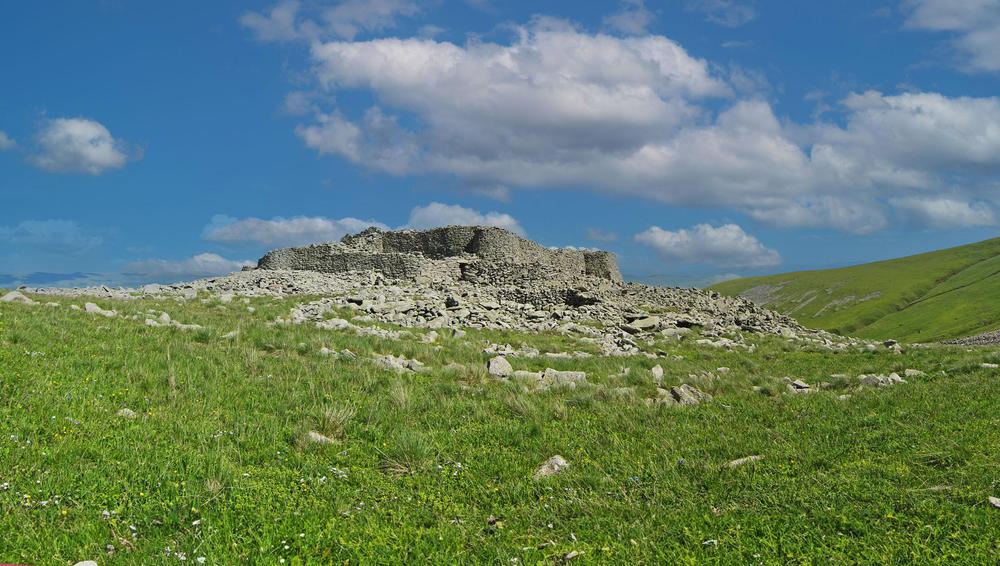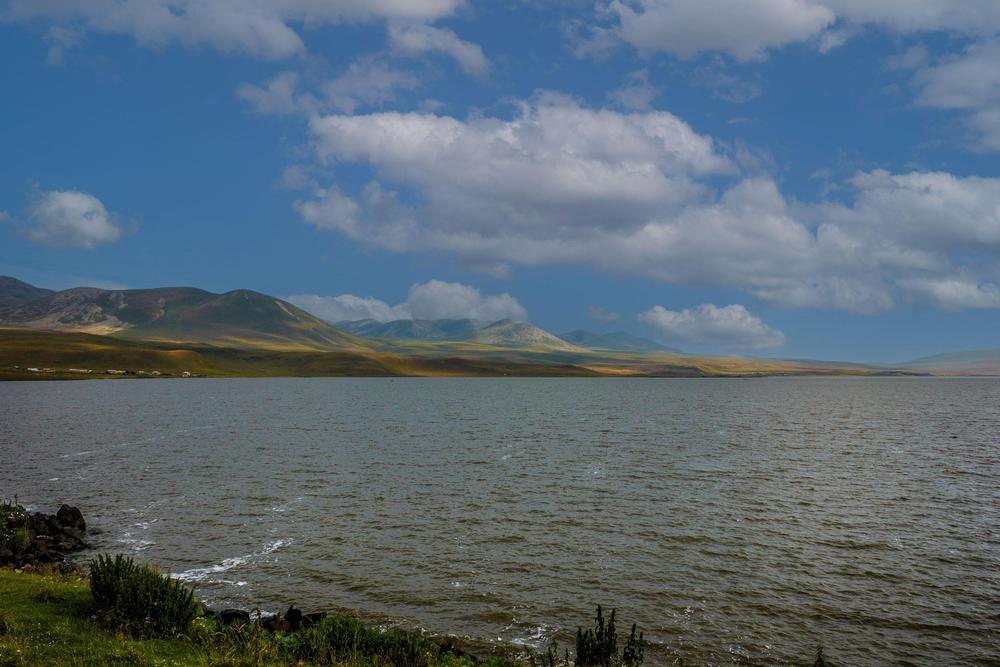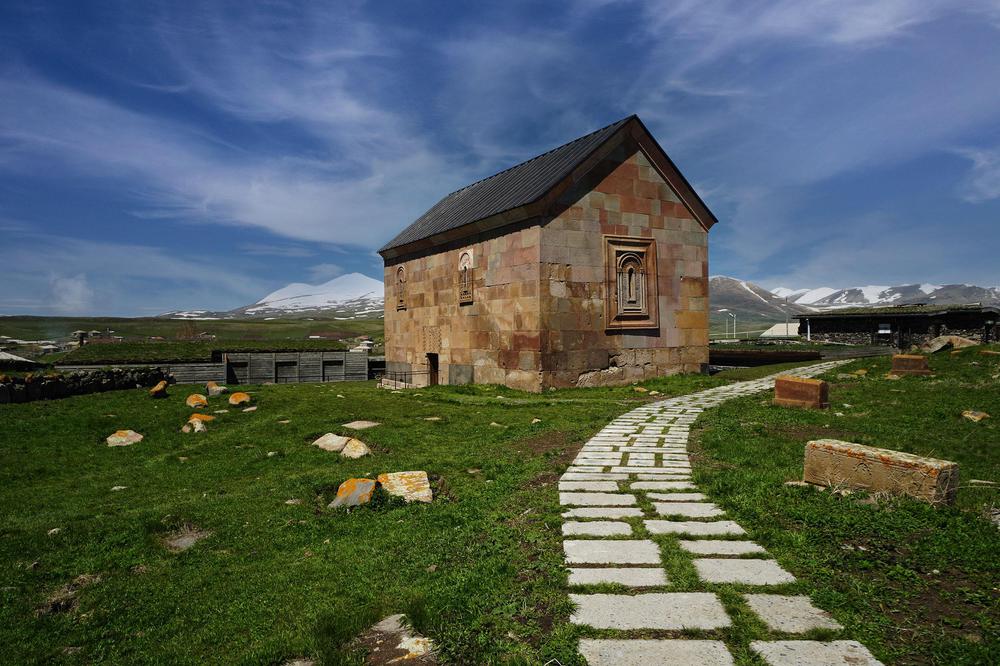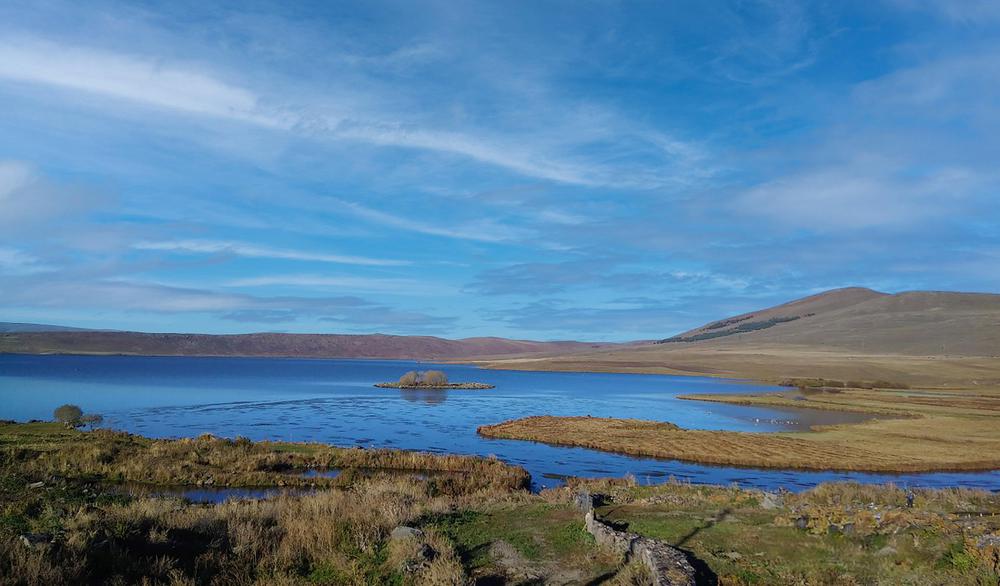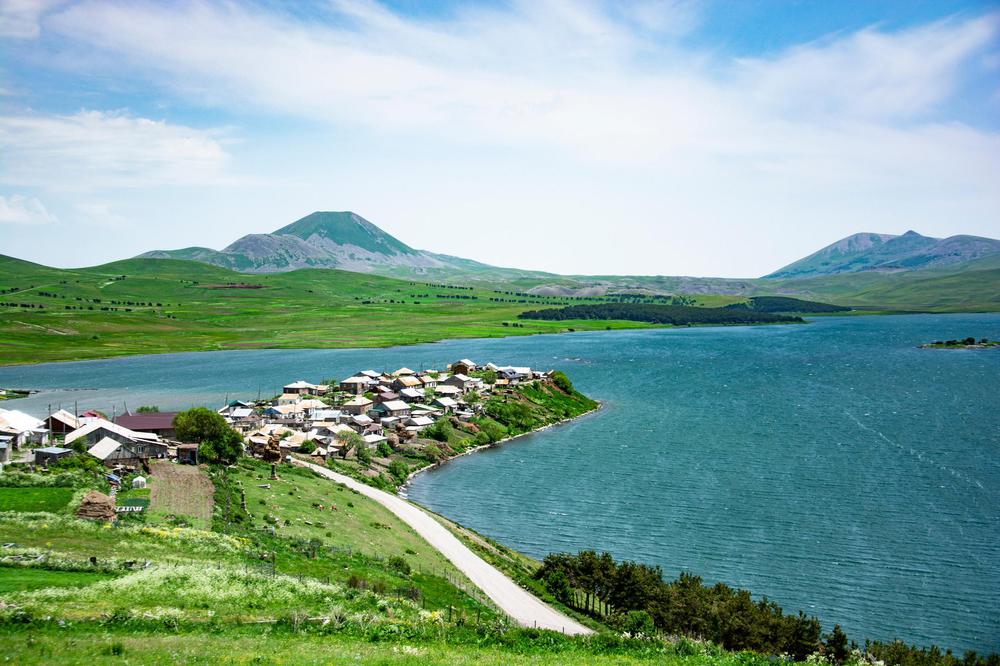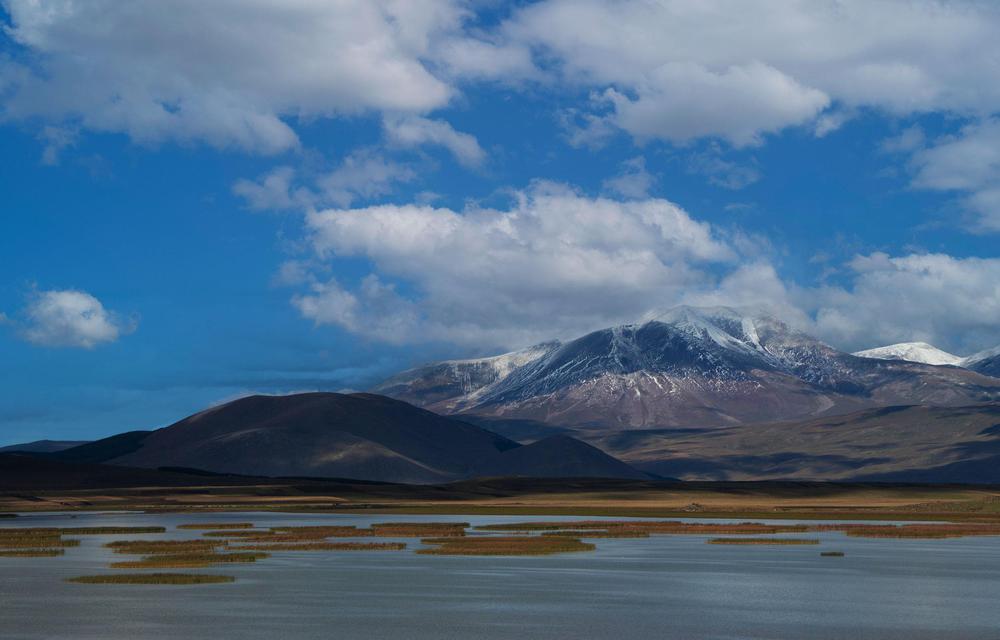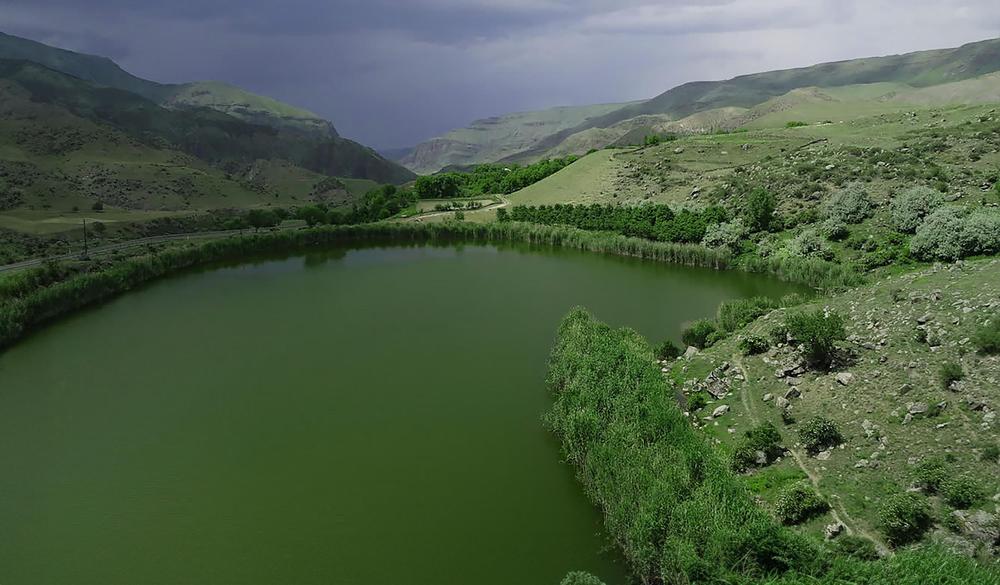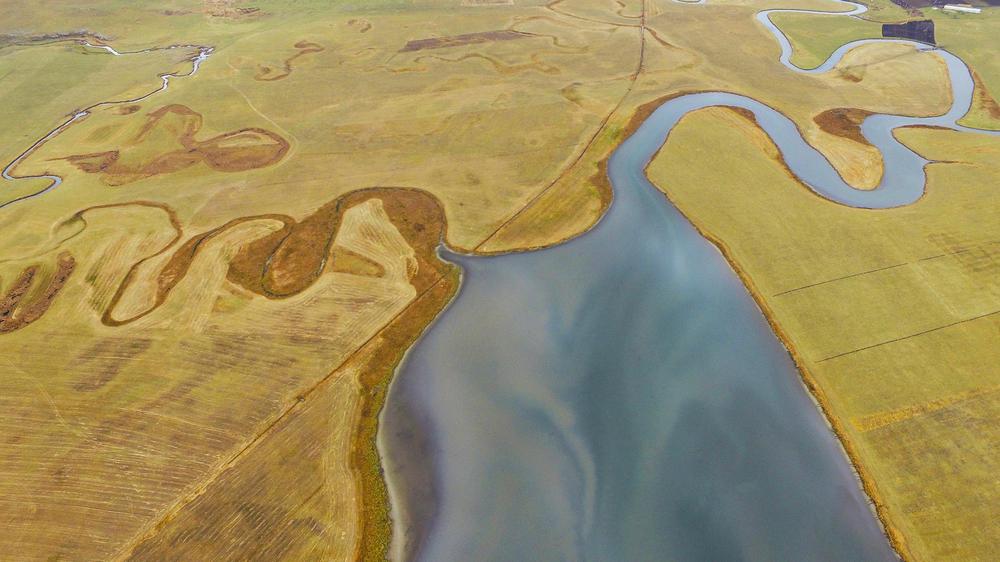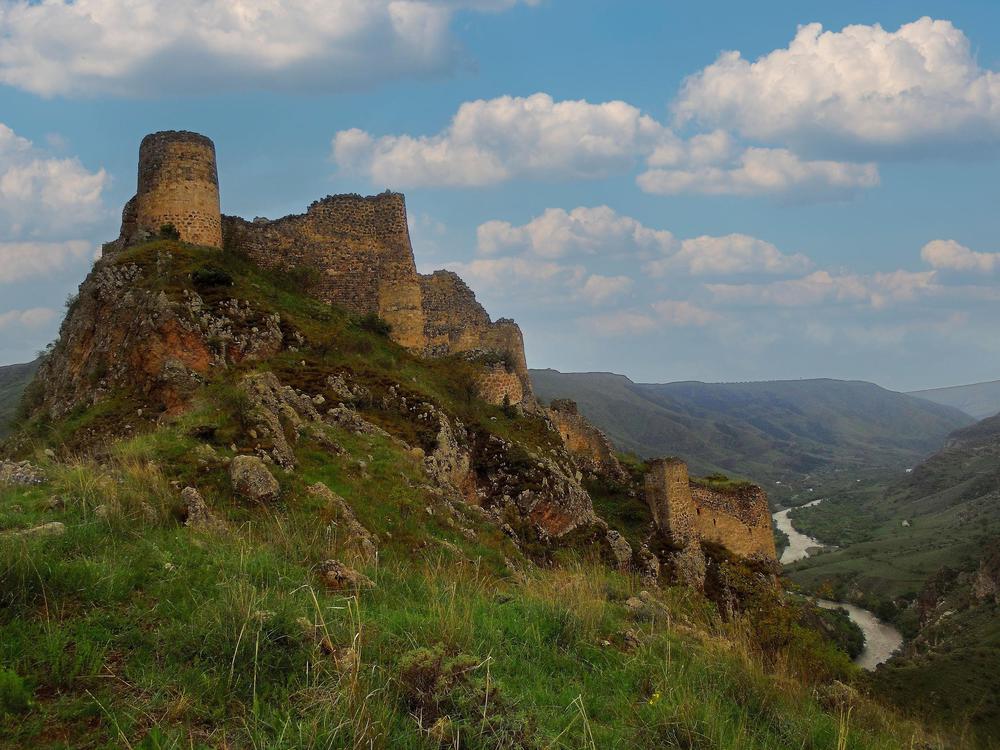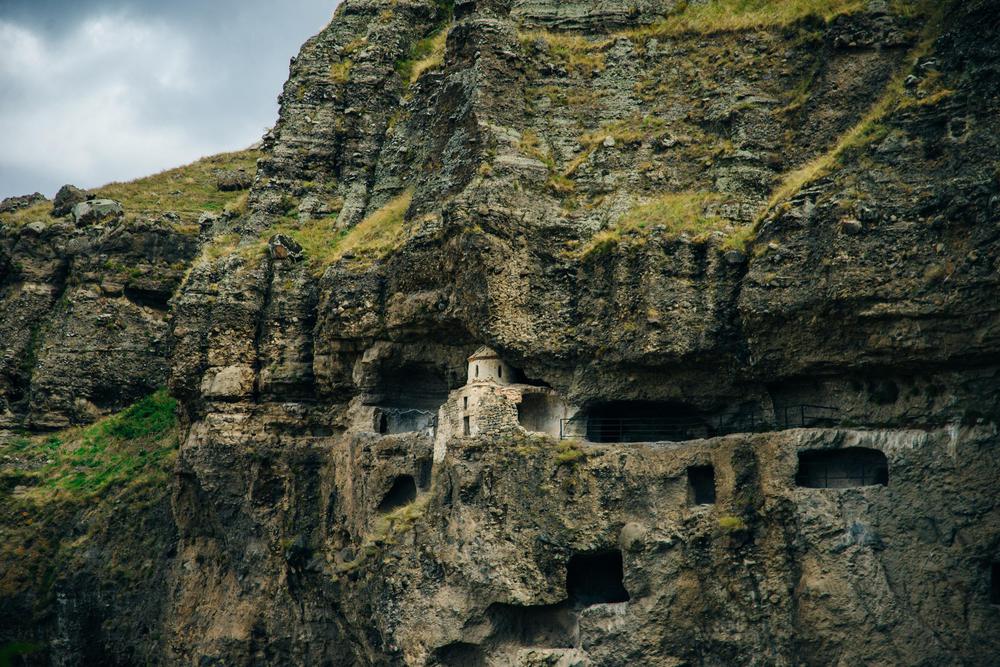Mount Didi Abuli, sitting proudly in the Samtskhe-Javakheti region within the confines of the Akhalkalaki municipality, presents a splendid and captivating panorama, with its vistas encompassing the vast expanse of the surrounding landscapes. This mountain, a silent sentinel of the region, peaks at a formidable 10,843 feet (or 3,305 meters), firmly grounding itself above sea level.
Constructed predominantly from neogenic hyalodactyes, Didi Abuli bears the marks of time on its once volcanic form, having lost its original shape over the eons. Despite its dormant state, the mountain’s vicinity is adorned with quaint, smaller lakes, adding a touch of serenity to its rugged backdrop. Alpine valleys generously cloak the majority of Mount Abuli’s surface, contributing to the region’s diverse topography.
Venturing onto the subject of its geographical significance, Mount Didi Abuli claims the title of the highest peak in the entirety of the Samtskhe-Javakheti region, establishing itself as a prominent landmark for adventurers and tourists alike. This dormant volcanic giant stands tall on the Samsari Ridge, visible from numerous vantage points along tourist routes scattered across Georgia.
Reaching the base of Didi Abuli is feasible with an off-road vehicle, and from there, a roughly two-hour trek on foot is required to conquer its heights. The payoff for this arduous journey is an unobstructed view of the Javakheti region, a sight so breathtaking, it’s as if the entire Georgian landscape unfolds before your eyes. The region boasts an abundance of lakes, both large and small, with Paravani, Abuli, Tsabi, Tabatskuri, and Levan Lakes taking the center stage.
In terms of climatic conditions, the mountain experiences an average annual temperature hovering around 5.3°C. Late spring and autumn are the seasons most frequented by rainfall, whereas summer, although less prone to rain, can surprise with sporadic yet intense thunderstorms accompanied by hail. The prime time for hiking spans from spring through fall, yet it’s crucial to note that weather conditions are known to fluctuate multiple times within a single day. A winter ascent, while embraced by the more extreme adventurers, brings its own set of challenges, including blizzards and the haunting echoes of wolves, not to mention the spectacular sight of the region's lakes frozen in time.

